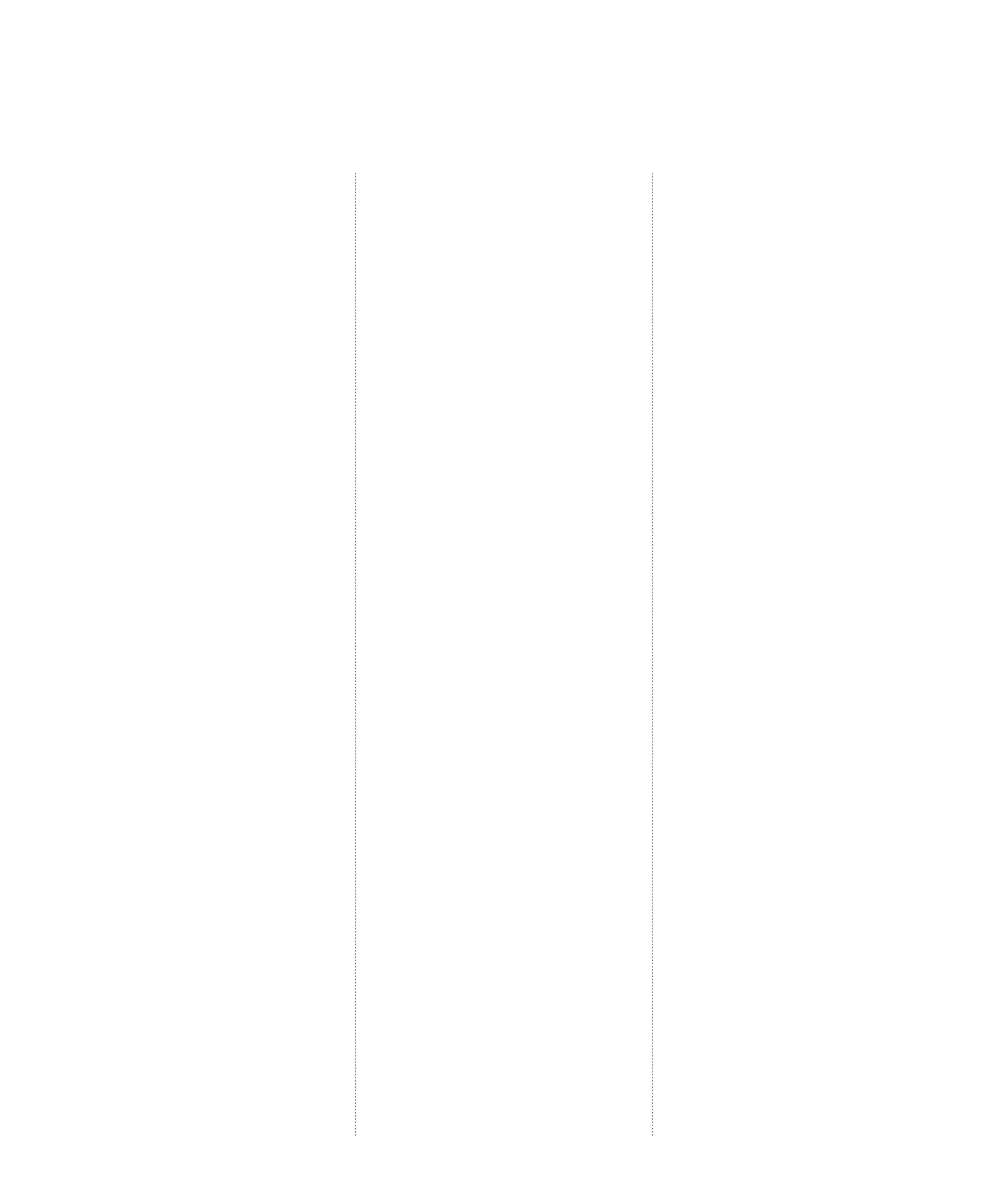
4 minute read
Managing program flow
When writing code, programmers not only have to tell the computer what to do, but also when to do it. In Scratch, the Control and Events blocks are used to manage when an instruction is carried out.
Event-driven programming
Advertisement
In event-driven programming, the program’s actions are started by events, such as user input, sensor input (see pp.46–47), or messages sent by other programs or parts of the program. The Events section of the Blocks Palette contains blocks that can start scripts when something happens. Also called hat blocks due to their shape, these Events blocks provide many more ways to start scripts than simply clicking on them.
when clicked
Use green flag to start
Provides an easy way for users to start the program. Copies of this block can be used to start multiple scripts simultaneously.
when this sprite clicked
Use mouse click to start
This block starts the attached script when the sprite is clicked. It is ideal for creating on-screen buttons for users to click on.
Use sounds to start
When the microphone detects a volume more than 10 (on a scale of 0 to 100), the script can be activated.
Use message to start
Scripts can send messages to each other (see pp.48–49). This block starts a script when a particular message is received.
when loudness > 10 when I receive message1
when space key pressed
Use key press to start
Starts a script when a key is pressed. The menu in the block can be used to select the required key.
Use background to start
This block is particularly useful in story-based projects. It enables scripts to start when the scene (or background image) changes.
when backdrop switches to backdrop 1
Making a clickable drum
This example uses an Events block to make a simple clickable drum. When the drum is clicked or tapped on the Stage, the script plays a sound and briefly changes the image (or costume) to show that it is playing.
The blue highlight indicates this is the selected sprite
1 Add the Drum Kit sprite Hover over the Choose a Sprite icon in the Sprite List and select the magnifying glass to see the library. Sprites are listed alphabetically. Scroll down to find the Drum Kit sprite and click or tap on it to add it. Drum Kit 2 Add the script Select the Code tab and add the following script to the Drum Kit sprite. The sprite already has the required sound. Click the sprite on the Stage to hear it play, and see its playing costume for half a second.
when this sprite clicked
switch costume to drum-kit-b
start sound drum bass1
wait 0.5 seconds
switch costume to drum-kit
This costume indicates that the Drum Kit is playing
Reverts to the original costume
Using loops to repeat
A loop is a part of a program that needs to be repeated. In Scratch, these blocks are placed within the bracket of a repeat block, so that Scratch knows where the repeating section starts and ends. The bracket automatically stretches to make room for longer sets of instructions.
repeat 10
It is possible to change the number of repetitions
when clicked
go to random position
pen down
repeat 3
move 100 steps
turn 120 degrees

pen up
Starts the sprite drawing The movement instructions draw one side and turn
This marks the end of the repeating section
Drawing a triangle
In the previous example of drawing a triangle (see p.37), three copies of the instructions for moving and turning were added. The script above, however, uses a loop, which is much easier to read and write.
Repeating forever
Sometimes a program needs to repeat forever, until explicitly stopped. For example, a simple animation or game can play indefinitely. The forever block repeats a set of instructions without ending. This block has no nub to join other blocks underneath it, since it never ends. To end the script, click the red Stop button. A stop all block may also be used to stop the script.
when clicked
forever
go to random position
pen down
repeat 3
move 100 steps
turn 120 degrees
Encloses the blocks that will repeat without end
These Motion blocks draw the triangle
pen up
Stops the program from drawing while it moves to the next starting position
Drawing infinite triangles
This script will draw triangles in random positions forever. As shown above, a repeat loop can be placed within a forever loop. A loop inside a loop is called a nested loop.
INTRODUCING DELAY
It is not always desirable to have a program run as fast as possible. In many cases, a program may need to be slowed down so that users can easily see what is going on and have time to respond. Games are often artificially slowed down in order to ensure that players can keep up.
when clicked
move 10 steps
move –10 steps
Normal movement
In this example, the program runs so fast that the sprite’s movements are not visible. Nothing seems to happen.
when clicked
move 10 steps
wait 1 seconds
move –10 steps
Delayed movement
Introducing a wait block makes it possible to see the sprite move from right to left and back again.










